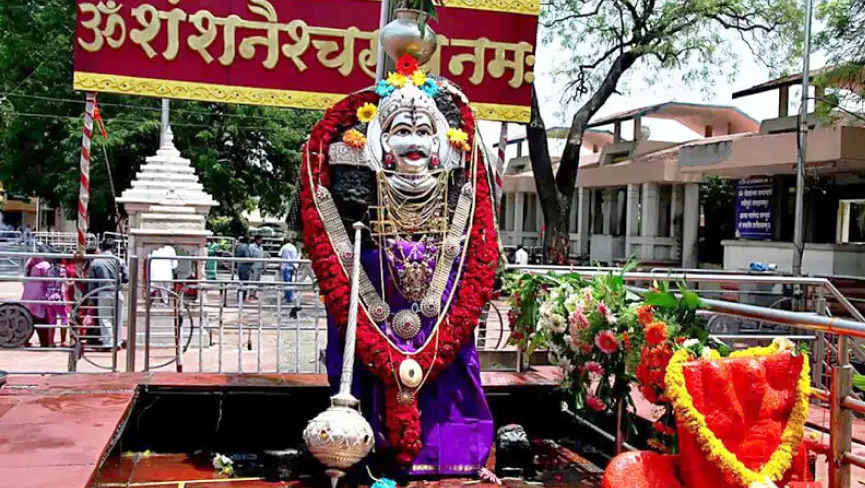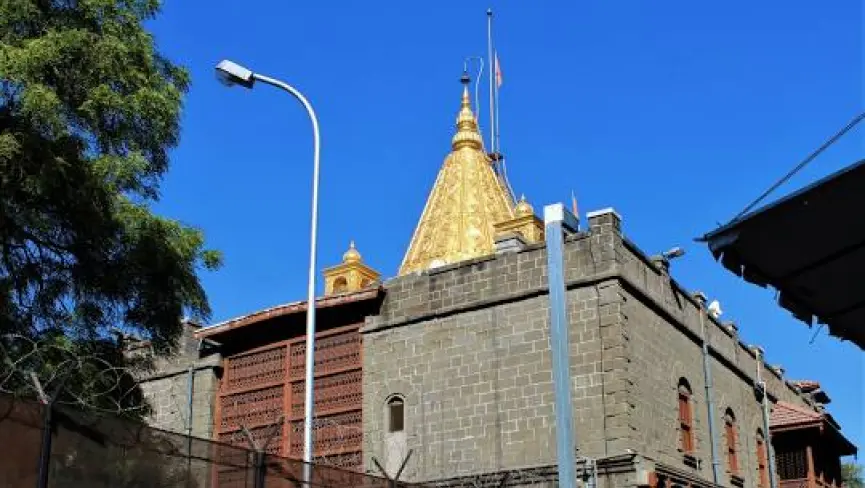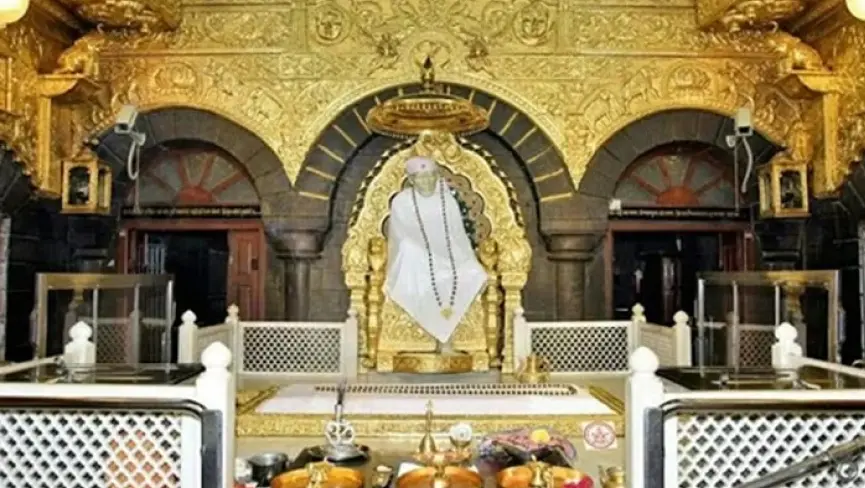
Shani Shingnapur Temple Travel Guide – History, Darshan Timings & Unique Traditions
Shani Shingnapur Temple in Maharashtra is one of the most unique and powerful pilgrimage destinations in India. Dedicated to Lord Shani Dev (the deity of planet Saturn), this sacred shrine attracts devotees from across the country who seek blessings for protection, justice, and prosperity. The temple is famous not only for its open-air idol of Lord Shani but also for the extraordinary tradition of the doorless village, where houses and shops have no locks, symbolizing the villagers’ unwavering faith in the deity’s protection. In this travel guide, you’ll discover the history of Shani Shingnapur Temple, daily darshan timings, unique traditions, and essential travel tips to plan a smooth and spiritual journey.
History of Shani Shingnapur Temple
The history of Shani Shingnapur Temple dates back over 300 years and is rooted in deep faith and legend. According to local folklore, after a heavy flood in the Panasnala River, villagers discovered a large black stone idol (believed to be Lord Shani) floating in the water. When touched with a stick, the stone began to bleed, astonishing the villagers.
That night, Lord Shani appeared in a villager’s dream and revealed his identity. He instructed the villagers to install the idol in an open-air shrine without a roof, as he wished to remain under the sky, watching over his devotees. Following his divine command, the idol was placed on a simple stone platform, where it continues to stand today.
Over centuries, Shani Shingnapur has become a symbol of divine justice, discipline, and protection. Devotees believe that Lord Shani punishes wrongdoers and protects the righteous, which is why the entire village has no doors or locks—faith itself is considered the strongest safeguard.
Unique Traditions at Shani Shingnapur
Shani Shingnapur is not just famous for its temple but also for the extraordinary traditions that make it one of the most mysterious villages in India. These customs reflect the villagers’ unshakable devotion and faith in Lord Shani Dev.
-
Doorless Village: The most unique tradition of Shani Shingnapur is that no house, shop, or even bank has doors or locks. Villagers believe that Lord Shani protects them, and anyone who attempts theft will face immediate punishment from the deity.
-
Open-Air Idol: Unlike most temples in India, the idol of Lord Shani is installed on a simple stone platform under the open sky. Devotees believe this allows the Lord to directly watch over the village and its people.
-
Rituals with Oil & Black Clothes: Devotees offer mustard oil, black cloth, sesame seeds, and flowers to Lord Shani. Saturdays, considered the most auspicious day, see thousands of pilgrims performing special rituals.
-
No Caste or Religion Barrier: The temple is open to everyone, irrespective of caste, creed, or religion, symbolizing equality in worship.
-
Shani Jayanti Celebrations: The birth anniversary of Lord Shani is celebrated with grand processions, bhajans, and rituals, attracting devotees from across India.
Darshan Timings at Shani Shingnapur Temple
One of the special features of Shani Shingnapur Temple is that it remains open for devotees 24 hours a day, throughout the year. Pilgrims can visit the shrine at any time to seek blessings from Lord Shani. However, certain timings are followed for daily rituals and aartis.
Daily Darshan & Aarti Timings
-
Temple Darshan: Open 24 hours
-
Morning Aarti: 4:00 AM – 4:30 AM
-
Afternoon Pooja: 12:00 PM
-
Evening Aarti: 8:00 PM – 8:30 PM
Best Days to Visit
-
Saturdays – Considered the most auspicious day to worship Lord Shani. Thousands of devotees throng the temple to perform special poojas and offer oil.
-
Amavasya (New Moon Day): Another highly significant day, believed to be the most powerful time to seek relief from Shani dosha (ill-effects of Saturn).
-
Shani Jayanti: Celebrated once a year (usually in May/June), marking the birth of Lord Shani with grand rituals and cultural events.
How to Reach Shani Shingnapur
Shani Shingnapur is well-connected by road, rail, and air, making it easy for devotees from across India to visit this sacred temple in Maharashtra. The village is located in Nevasa taluka of Ahmednagar district, around 65 km from Shirdi and 35 km from Ahmednagar city.
By Train
-
The nearest railway stations are:
-
Rahuri Railway Station – 32 km
-
Ahmednagar Railway Station – 35 km
-
Kopargaon Railway Station – 65 km
-
-
Regular trains connect these stations with major cities like Mumbai, Pune, Nashik, Aurangabad, and Manmad. From the station, one can hire taxis, auto-rickshaws, or take buses to reach the temple.
By Road
-
Shani Shingnapur is well connected by Maharashtra State Transport (MSRTC) buses and private buses.
-
Distance from major cities:
-
Ahmednagar – 35 km
-
Shirdi – 65 km
-
Aurangabad – 84 km
-
Pune – 160 km
-
Mumbai – 240 km
-
-
Taxis and private vehicles are also convenient options, especially if you plan to combine Shani Shingnapur with a Shirdi trip.
By Air
-
The nearest airports are:
-
Aurangabad Airport – 90 km
-
Pune Airport – 160 km
-
Mumbai Airport – 240 km
-
-
From the airport, taxis and buses are available to reach the temple directly or via Ahmednagar.
Travel Tips for Devotees
-
Saturdays are the most crowded; plan early darshan.
-
Carry oil and black cloth if you wish to perform special rituals.
-
Avoid carrying valuables, as the temple attracts large crowds.
-
Dress modestly and respect temple traditions.


